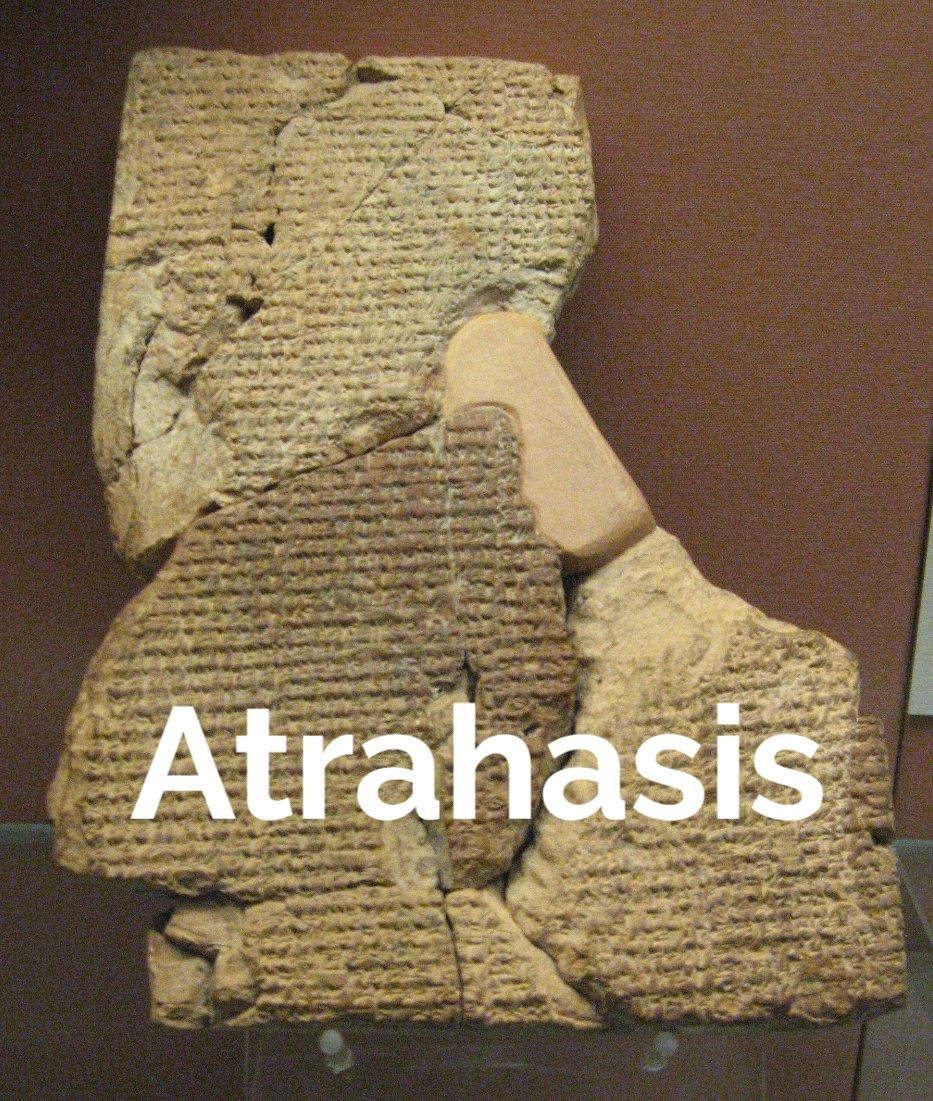Beyond Noah's Ark: Unveiling the Tapestry of Sumerian Creation Myths
- DMR
- Feb 20, 2024
- 2 min read
Step back in time, beyond the familiar account of Noah's Ark, and you'll discover a vibrant tapestry of creation myths woven by the ancient Sumerians. These captivating narratives, far from being singular, offer diverse perspectives on the origin of the universe, humanity's place within it, and the complex relationship between gods and mortals.
Gods Clashing, Worlds Taking Shape:
The Enuma Elish: Imagine a primordial battleground where deities representing chaos and order wage war. From this epic cosmic struggle emerges Marduk, the victor who fashions the heavens and earth from the vanquished Tiamat. Humans, created from her blood, become servants to the gods, forever tied to the cycle of creation and destruction.

The Eridu Genesis: This fragmentary tale whispers of a gentler beginning, where humans and gods co-existed peacefully. But harmony fades, and a flood threatens to engulf everything. Ziusudra, a wise ruler warned by a benevolent deity, builds a boat to survive the deluge. Emerging into a renewed world, he receives the gift of immortality, hinting at a potential reconciliation between mortals and the divine.

The Atrahasis: Noise and disruption caused by humanity's rapid growth anger the gods. In response, they enact a series of near-extinction events – famine, disease, and even wild animals – to control their unruly creations. But humanity adapts and survives, prompting the gods to engineer a catastrophic flood. However, the cunning Atrahasis, warned by a deity, ensures his survival and becomes a key figure in establishing a new covenant with the gods.

Beyond Just Stories:
These myths illuminate the Sumerians' worldview, reflecting their anxieties and concerns.
Nature's Power and Peril: From the primordial deities embodying natural forces to the destructive floods, nature emerges as a powerful and unpredictable entity that both sustains and threatens humanity.
Maintaining Balance: The narratives emphasize the importance of maintaining order and equilibrium between humans and the natural world. Disruptions, seen as a threat to this balance, often bring divine intervention.
Mortality and the Divine: The tales grapple with fundamental human anxieties about survival and security in a world influenced by unseen forces. They offer contrasting perspectives on how humans relate to the divine – from servants to potential partners in maintaining order.
Connecting the Threads:
While the Noah's Ark story shares similarities with the Sumerian flood myths, such as a divine-sent flood, a righteous individual building an ark, and animal preservation, it's crucial to recognize their differences. The Sumerian narratives offer a wider spectrum of motivations for the flood, portray humanity in various roles, and reflect a polytheistic worldview. They reveal a cultural tapestry woven over centuries, influencing and shaping later narratives through trade, shared heritage, and oral traditions.
Concluding Thought:
Unveiling the richness of Sumerian creation myths offers not just a glimpse into the past, but a deeper understanding of the enduring human search for meaning, our place in the universe, and the complex relationship between nature and the divine. As we navigate our own world, these ancient stories continue to resonate, reminding us of the enduring questions that bind us across time and culture.
Recommended Books:
Enuma Elish: The Babylonian Creation Epic: also includes 'Atrahasis', the first Great Flood myth by Timothy J. Stephany (Author)
The Atrahasis Deciphered: An Atrahasis Retell As Understood, Retold and Questioned By Steven Q by Steven Q (Author)
Eridu: The History and Legacy of the Oldest City in Ancient Mesopotamia by Charles River Editors (Author)











































Comments